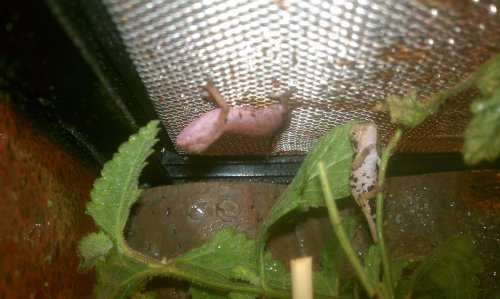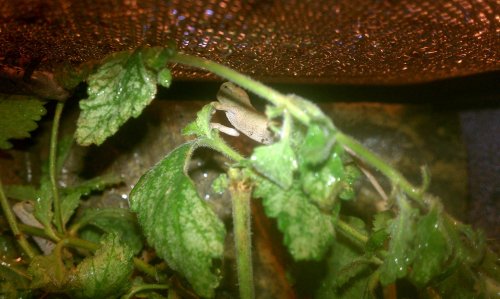MrCus
Member
Wow! 62 day gestation is very long. I have it occasionally happen with multituberculata as well. I think some say it is a biological delay by the female for some reason. Normally I have a 30 day gestation.
Hi
all of my female Kinyongias (boehmei, tavetana, multituberculata and vosseleri) had gestation duration of around 50-65 days. I think this is usual for this specias.
This should be the same article from John Measey. He put some logger-probes next to the eggs where he found them and measured the temperature during the incubation time.Ferdy Timmermann said:I also remember some information about temperature oscilation from another source. I believe it said that the temperature on a depth of 8 or 10 cm was 17 degrees C in the shade and 19 C in the sun. I can't remember where I read this though. I'll try to find it again.
Incubation should be shorter than tavetana. My sources say about 6-7 months, while tavetana tooks longer.
Did they hatch already?












